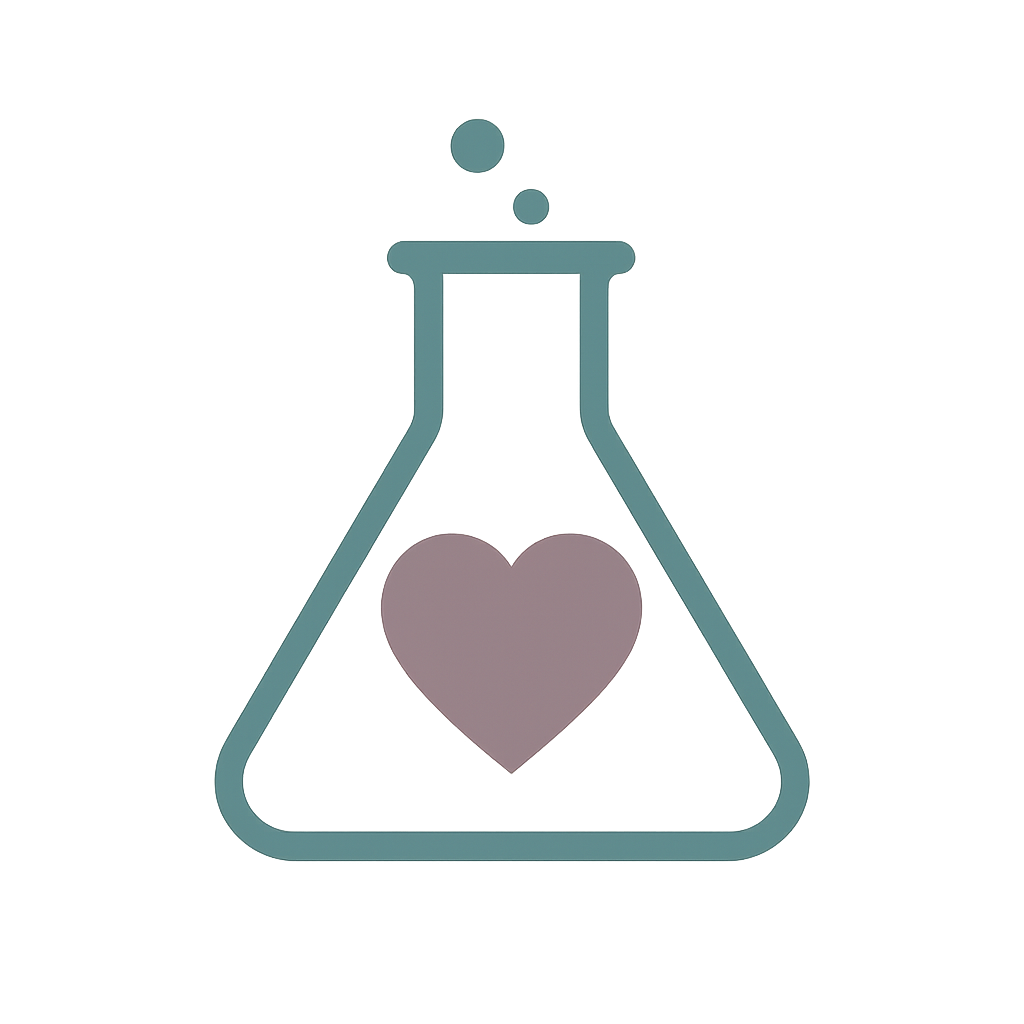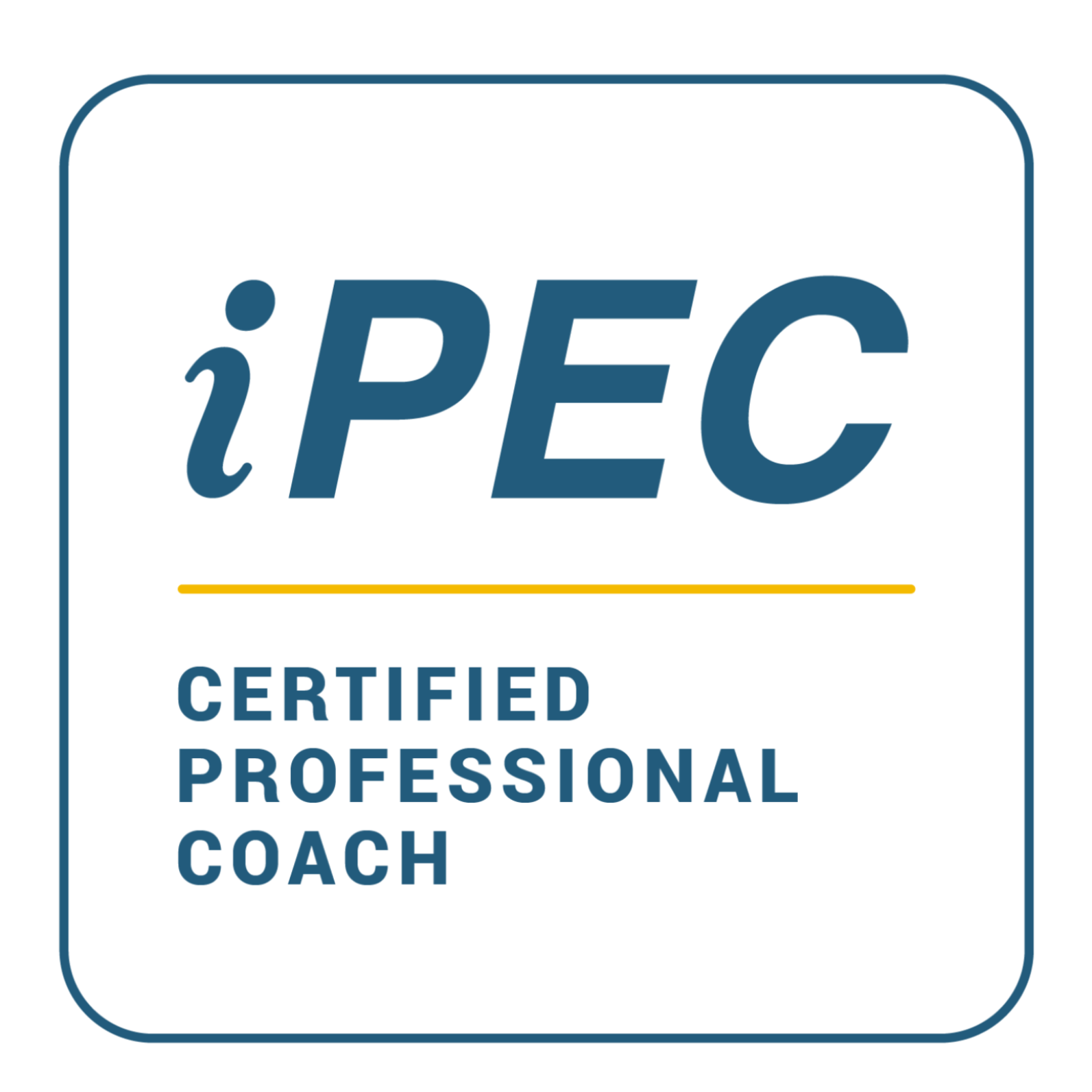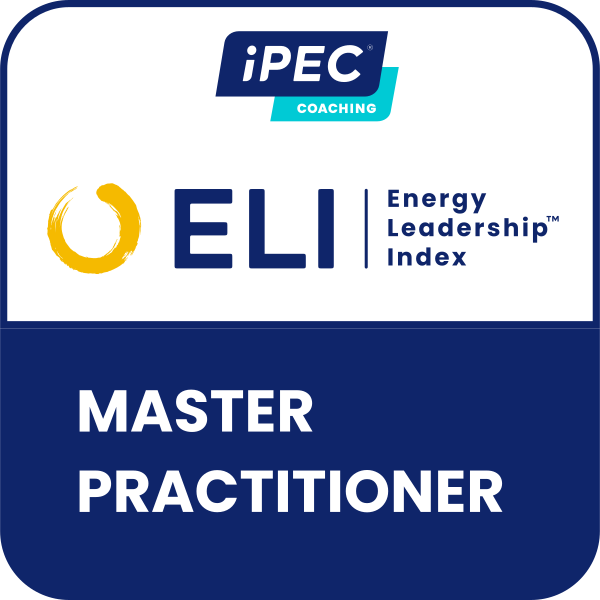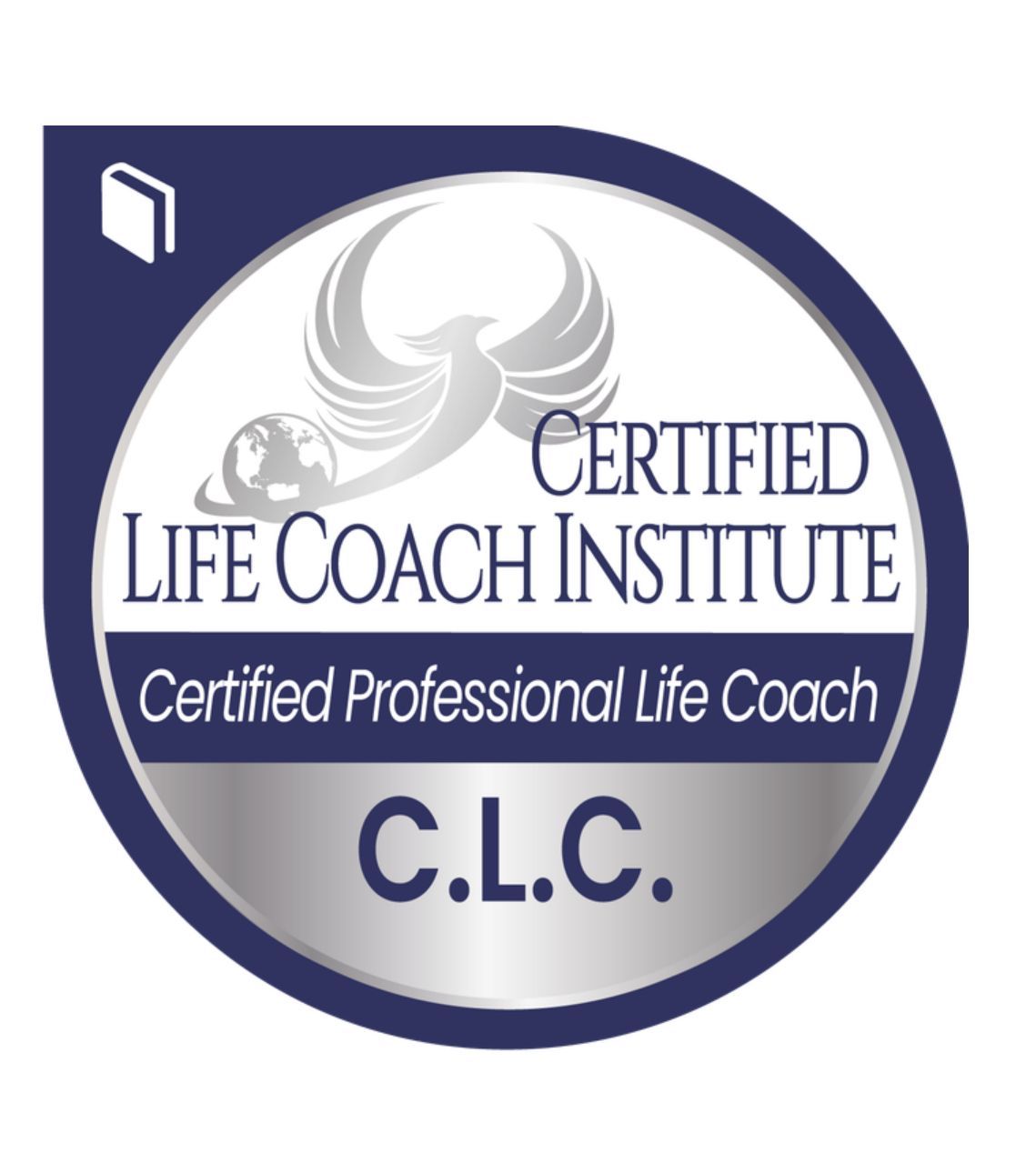
Relationships are designed to be a safe haven, but when attachment styles clash—particularly between anxious and avoidant partners—the dynamic can quickly devolve into a frustrating cycle of unmet needs. This cycle, known as the anxious-avoidant loop, often leads to emotional exhaustion and eventually, the breakdown of the relationship. At the core of this loop are what are called "origin wounds"—deep-seated emotional injuries from early life that shape how we relate to others.
What Is the Anxious-Avoidant Loop?
The anxious-avoidant loop is a recurring pattern of behavior in relationships where one partner, typically with an anxious attachment style, seeks closeness and reassurance, while the other, with an avoidant attachment style, withdraws when the relationship becomes too emotionally intense. The anxious partner longs for connection and constantly tries to close emotional gaps, while the avoidant partner pulls away to protect their emotional independence.
This cycle can feel impossible to break, leaving both partners feeling misunderstood and unfulfilled. But the roots of this dynamic often lie in each person’s origin wounds—early emotional experiences that inform how we connect and protect ourselves in relationships.
Origin Wounds and Attachment:
Origin wounds are emotional scars formed in childhood or from early life experiences, typically through relationships with caregivers. These wounds shape our attachment styles and, in turn, dictate how we respond to intimacy, conflict, and emotional needs in adult relationships. In the anxious-avoidant dynamic, these wounds are often the silent drivers of behavior.
The anxious partner’s origin wound typically revolves around inconsistency or abandonment. They may have experienced caregivers who were sometimes emotionally available and at other times absent or neglectful. This creates a deep fear of abandonment, causing the anxious partner to seek constant reassurance in their adult relationships. Their pursuit of closeness is not just about the present moment—it’s about soothing an old wound.
The avoidant partner’s origin wound often stems from emotional neglect or overwhelming demands in childhood. They may have had caregivers who were intrusive or unresponsive to their emotional needs, forcing them to become self-reliant and emotionally distant. As adults, they equate intimacy with loss of independence and emotional overwhelm. Their instinct to withdraw is a self-protective response to their origin wound.
How the Loop Unfolds:
As these origin wounds play out in the anxious-avoidant dynamic, each partner’s behaviors reinforce the other’s deepest fears. The anxious partner’s need for constant reassurance makes the avoidant partner feel smothered, leading them to withdraw. This withdrawal, in turn, triggers the anxious partner’s fear of abandonment, intensifying their need for closeness, and the cycle continues.
Why It Often Leads to Breakup:
1. Unhealed Origin Wounds: Without addressing these deeper emotional scars, the anxious-avoidant loop can’t be broken. Both partners are reacting not just to each other’s behavior, but to the unresolved wounds from their past. If these wounds go unhealed, each partner’s needs remain perpetually unmet, creating a cycle of conflict and emotional distance.
2. Escalating Conflict: As the anxious partner becomes more demanding of closeness and the avoidant partner retreats further into emotional distance, conflicts escalate. These repeated conflicts are not just about surface-level issues, but about deeper fears and unmet emotional needs rooted in their origin wounds.
3. Emotional Burnout: The constant tension, driven by unaddressed emotional pain, leads to emotional burnout on both sides. The anxious partner may feel emotionally drained from seeking reassurance that never comes, while the avoidant partner feels overwhelmed by the pressure to be emotionally available.
4. Unmet Needs: The anxious partner’s need for security and emotional intimacy clashes with the avoidant partner’s need for space and independence. These unmet needs, driven by their origin wounds, lead to frustration, resentment, and eventually, the realization that the relationship cannot meet these fundamental emotional requirements.
Breaking the Cycle: Healing the Origin Wounds:
Breaking free from the anxious-avoidant loop requires more than just changing behaviors—it requires healing the origin wounds that drive the cycle. Both partners need to recognize how their childhood experiences are shaping their responses to intimacy and emotional needs. Healing these wounds can shift the relationship dynamic in profound ways.
For the anxious partner, healing involves learning to self-soothe and trust that their partner’s love is not contingent on constant reassurance. By addressing the fear of abandonment that stems from their origin.
Coming soon! A transformative course and group coaching program titled "Navigating Heartbreak: Understanding Grief Through Breakups" is designed to help participants process their emotions, break unhealthy patterns, and move forward with confidence. For more information, visit www.loveprescriptions.com and join the waiting list.
What Is the Anxious-Avoidant Loop?
The anxious-avoidant loop is a recurring pattern of behavior in relationships where one partner, typically with an anxious attachment style, seeks closeness and reassurance, while the other, with an avoidant attachment style, withdraws when the relationship becomes too emotionally intense. The anxious partner longs for connection and constantly tries to close emotional gaps, while the avoidant partner pulls away to protect their emotional independence.
This cycle can feel impossible to break, leaving both partners feeling misunderstood and unfulfilled. But the roots of this dynamic often lie in each person’s origin wounds—early emotional experiences that inform how we connect and protect ourselves in relationships.
Origin Wounds and Attachment:
Origin wounds are emotional scars formed in childhood or from early life experiences, typically through relationships with caregivers. These wounds shape our attachment styles and, in turn, dictate how we respond to intimacy, conflict, and emotional needs in adult relationships. In the anxious-avoidant dynamic, these wounds are often the silent drivers of behavior.
The anxious partner’s origin wound typically revolves around inconsistency or abandonment. They may have experienced caregivers who were sometimes emotionally available and at other times absent or neglectful. This creates a deep fear of abandonment, causing the anxious partner to seek constant reassurance in their adult relationships. Their pursuit of closeness is not just about the present moment—it’s about soothing an old wound.
The avoidant partner’s origin wound often stems from emotional neglect or overwhelming demands in childhood. They may have had caregivers who were intrusive or unresponsive to their emotional needs, forcing them to become self-reliant and emotionally distant. As adults, they equate intimacy with loss of independence and emotional overwhelm. Their instinct to withdraw is a self-protective response to their origin wound.
How the Loop Unfolds:
As these origin wounds play out in the anxious-avoidant dynamic, each partner’s behaviors reinforce the other’s deepest fears. The anxious partner’s need for constant reassurance makes the avoidant partner feel smothered, leading them to withdraw. This withdrawal, in turn, triggers the anxious partner’s fear of abandonment, intensifying their need for closeness, and the cycle continues.
Why It Often Leads to Breakup:
1. Unhealed Origin Wounds: Without addressing these deeper emotional scars, the anxious-avoidant loop can’t be broken. Both partners are reacting not just to each other’s behavior, but to the unresolved wounds from their past. If these wounds go unhealed, each partner’s needs remain perpetually unmet, creating a cycle of conflict and emotional distance.
2. Escalating Conflict: As the anxious partner becomes more demanding of closeness and the avoidant partner retreats further into emotional distance, conflicts escalate. These repeated conflicts are not just about surface-level issues, but about deeper fears and unmet emotional needs rooted in their origin wounds.
3. Emotional Burnout: The constant tension, driven by unaddressed emotional pain, leads to emotional burnout on both sides. The anxious partner may feel emotionally drained from seeking reassurance that never comes, while the avoidant partner feels overwhelmed by the pressure to be emotionally available.
4. Unmet Needs: The anxious partner’s need for security and emotional intimacy clashes with the avoidant partner’s need for space and independence. These unmet needs, driven by their origin wounds, lead to frustration, resentment, and eventually, the realization that the relationship cannot meet these fundamental emotional requirements.
Breaking the Cycle: Healing the Origin Wounds:
Breaking free from the anxious-avoidant loop requires more than just changing behaviors—it requires healing the origin wounds that drive the cycle. Both partners need to recognize how their childhood experiences are shaping their responses to intimacy and emotional needs. Healing these wounds can shift the relationship dynamic in profound ways.
For the anxious partner, healing involves learning to self-soothe and trust that their partner’s love is not contingent on constant reassurance. By addressing the fear of abandonment that stems from their origin.
Coming soon! A transformative course and group coaching program titled "Navigating Heartbreak: Understanding Grief Through Breakups" is designed to help participants process their emotions, break unhealthy patterns, and move forward with confidence. For more information, visit www.loveprescriptions.com and join the waiting list.




